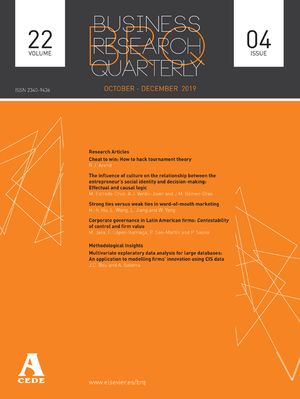Este trabajo analiza, mediante regresiones lineales, el vínculo entre el uso de ingeniería concurrente (IC) y el éxito en el proceso de desarrollo de nuevos productos (DNP) bajo condiciones de incertidumbre variables. Los resultados obtenidos indican que, en entornos de reducida o moderada incertidumbre, el solapamiento de actividades, la integración interfuncional y el trabajo en equipo afectan positivamente al rendimiento del DNP en términos de tiempo de desarrollo, calidad y éxito en el lanzamiento de nuevos productos. Por el contrario, tales efectos no se observan en situaciones de elevada incertidumbre. Por todoello, se concluye que el empleo de IC debe ser contingente a las condiciones particulares del entorno.
This work analyses, using linear regression, the link between concurrent engineering (CE) and success in the new product development (NPD) process under varying uncertainty conditions. The results indicate that, in environments of low or moderate uncertainty, overlapping of activities, inter-functional integration and teamwork positively affect the NPD performance in terms of development time, quality and success in launching new products. Conversely, such effects are not seen in conditions of high uncertainty. Therefore, the conclusion is that the use of CE must depend on the specific conditions of the environment.
Una versión preliminar de este trabajo ha sido publicada previamente como papel de trabajo núm. 229 de la Colección de Documentos de Trabajo de la Fundación de las Cajas de Ahorros (FUNCAS).




